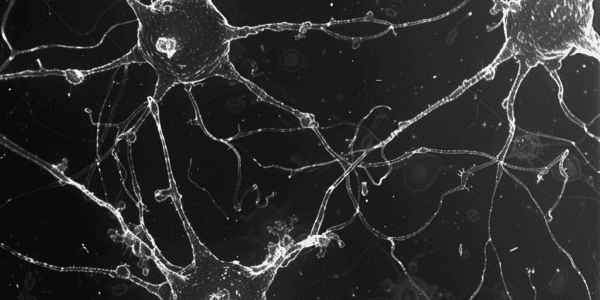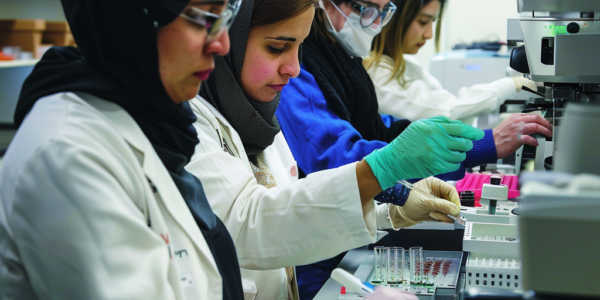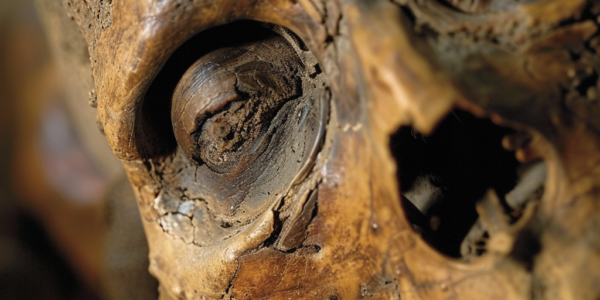MIT scientists develop rapid gene-editing screen to identify cancer mutations
MIT scientists have developed a rapid gene-editing screen using prime editing to identify the effects of cancer mutations. This new technique aims to revolutionize the identification of mutations that could be targeted with new cancer therapies, potentially leading to personalized cancer treatments and more effective therapies in the future.
Link Between Schizophrenia and Aging Uncovered in New Study
Recent research published in Nature suggests a potential link between schizophrenia and aging, revealing coordinated changes in gene expression activity in neurons and astrocytes as a key factor. The study’s findings offer valuable insights into the potential biological underpinnings of cognitive decline in schizophrenia and aging, providing hope for future targeted interventions and therapies.
Breakthrough in Genetics: Unraveling the Mystery of Crossover Interference
A recent breakthrough in genetics has unveiled groundbreaking insights into the process of meiosis and crossover, with significant implications for agriculture and breeding. The research at Pohang University of Science and Technology (POSTECH) has provided a breakthrough in understanding the century-old mystery of crossover interference, potentially revolutionizing the field of genetics and agriculture.
New Insight into Genetic Diversity of Deadly Malaria Parasite
Scientists have made a groundbreaking discovery in understanding the genetic diversity of the deadly malaria parasite, Plasmodium falciparum. This insight is crucial for developing effective vaccines against malaria, a life-threatening infectious disease that claims millions of lives globally. The study sheds light on non-allelic gene conversion, revealing a previously underestimated evolutionary mechanism that could inform innovative strategies for tackling the disease.
Advancements in In Vivo Gene Editing for CRISPR-Based Therapies
Explore the latest advancements in CRISPR gene editing technology, including in vivo delivery of gene-editing therapies and improved manufacturing to reduce the cost of treatments. Learn about the innovative methods being developed by Nobel Laureate Jennifer Doudna and her team at the Innovative Genomics Institute to target specific cells within the body for more accessible and affordable CRISPR-based therapies.
New Research Project to Examine Connections Between Autism and Sensory Hypersensitivity
The Auerbach Lab at the Beckman Institute for Advanced Science and Technology has announced a new research project to examine the connections between autism and sensory hypersensitivity. Lead investigator Benjamin Auerbach emphasized the need to understand the pathways from genes to symptoms, particularly in the auditory system where sensory hypersensitivities are prevalent in individuals with ASD. The research holds promise for uncovering underlying mechanisms that link genetics, neural circuits, and sensory hypersensitivity in individuals with autism spectrum disorders.
First DNA study of ancient Eastern Arabia reveals resistance to malaria
The first DNA study of the ancient population of Eastern Arabia has revealed that people developed resistance to malaria following the appearance of agriculture in the region around five thousand years ago. The study also provides unprecedented insights into human history and disease progression in the region, shedding light on the ancestry of ancient populations and the prevalence of the malaria-protective G6PD Mediterranean mutation. The research, published in Cell Genomics, involved experts from multiple universities and research centers.
Researchers Discover ‘Gene of Prejudice’ Shedding Light on Human Personality Variations and Autism Spectrum Disorders
Researchers at the Sanford Stem Cell Institute at the University of California San Diego have discovered a ‘gene of prejudice’ that sheds light on human personality variations and provides insights into autism spectrum disorders. The findings, published in Cell Reports, could pave the way for treatments to improve the social functioning of individuals with autism.
Ancient DNA Study Reveals Down Syndrome and Edwards Syndrome in Infants
Groundbreaking study reveals the presence of Down syndrome and Edwards syndrome in ancient DNA, shedding light on the treatment of individuals with genetic conditions in premodern societies. Lead author emphasizes the level of acknowledgment and inclusion within their communities. Diagnosing Down syndrome in ancient remains poses challenges due to the variability of the condition. These findings offer valuable insights into the historical care and treatment of individuals with genetic conditions.
The Vanishing Y Chromosome and the Future of Men
The Y chromosome is degenerating and may disappear in a few million years, leading to our extinction unless we evolve a new sex gene. A recent paper in Proceedings of the National Academy of Science shows how the spiny rat has evolved a new male-determining gene. The article also explains how the Y chromosome determines human sex and the disappearing Y chromosome in mammals.










